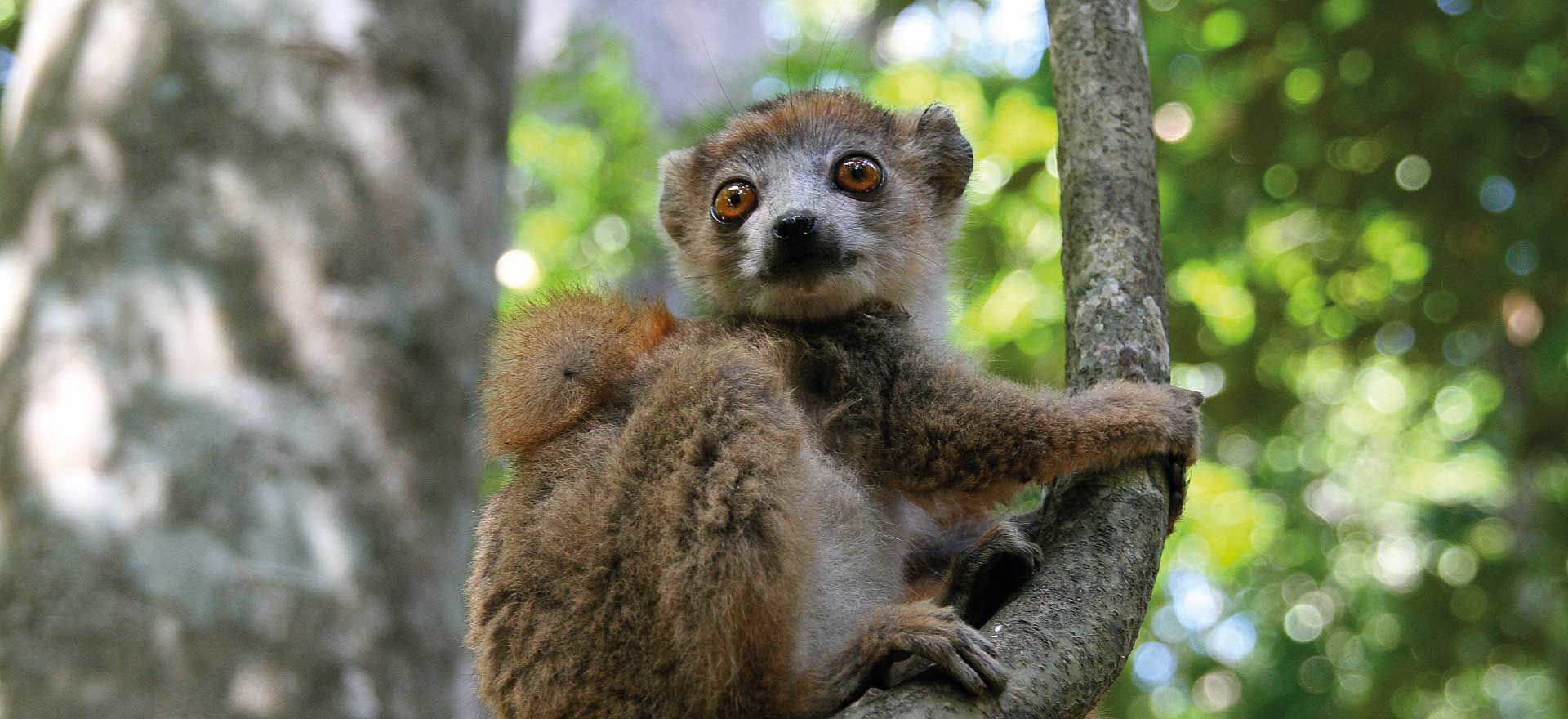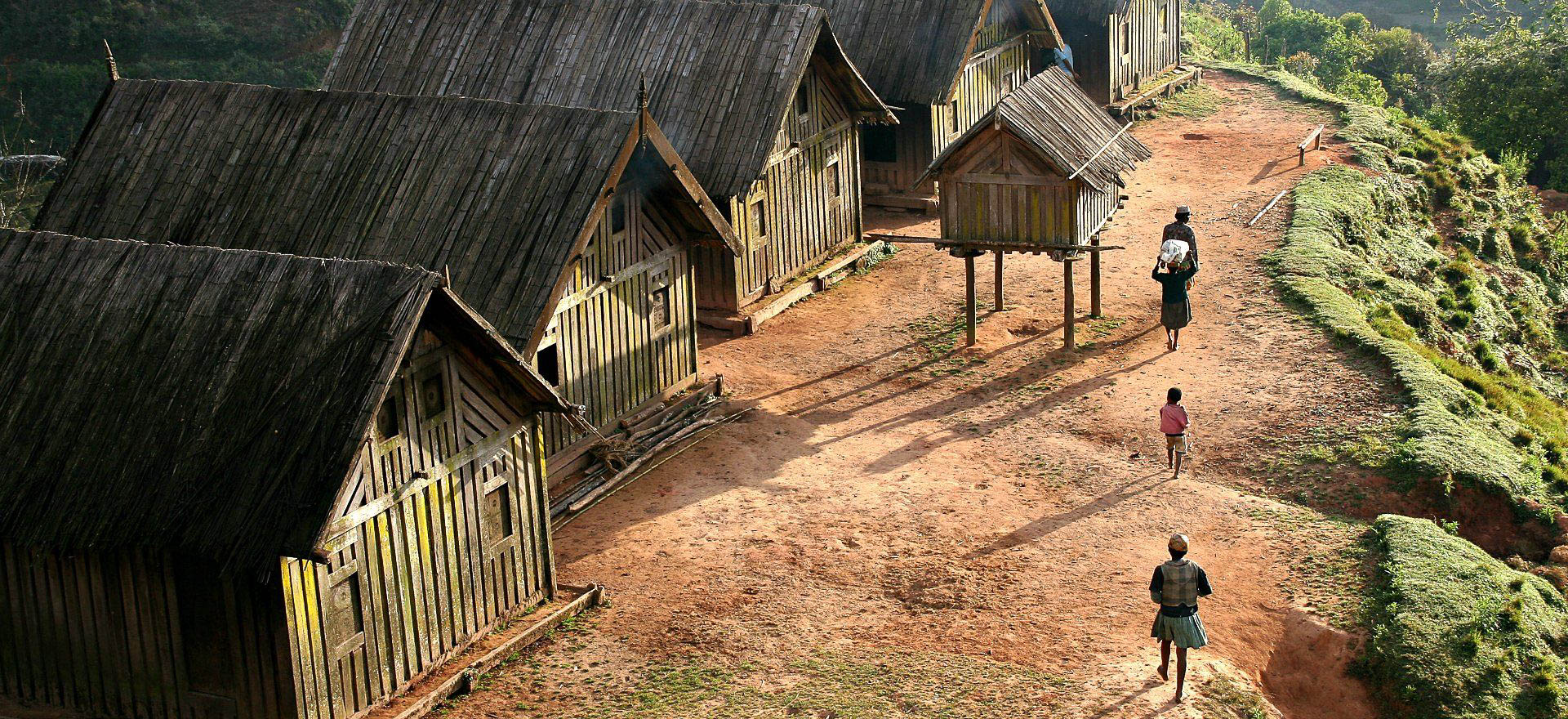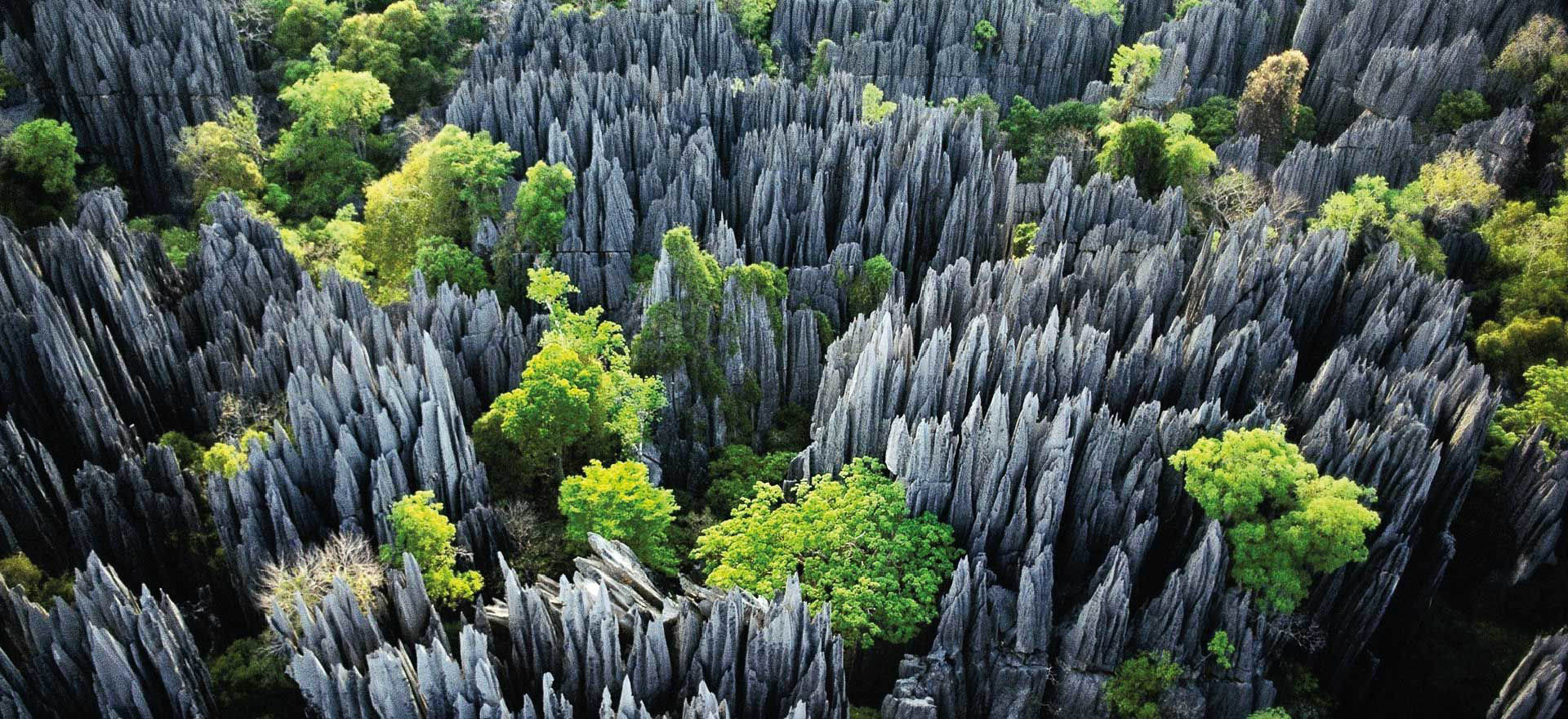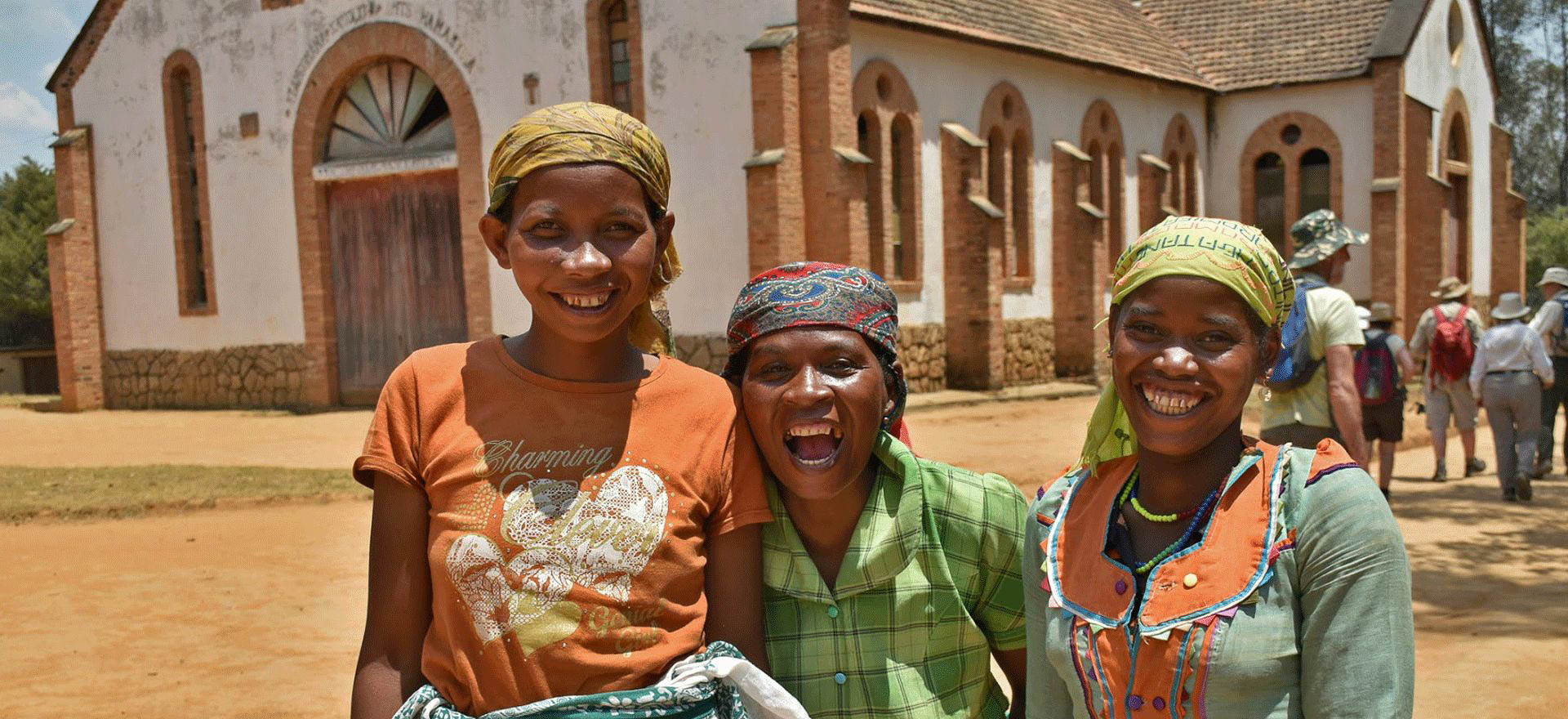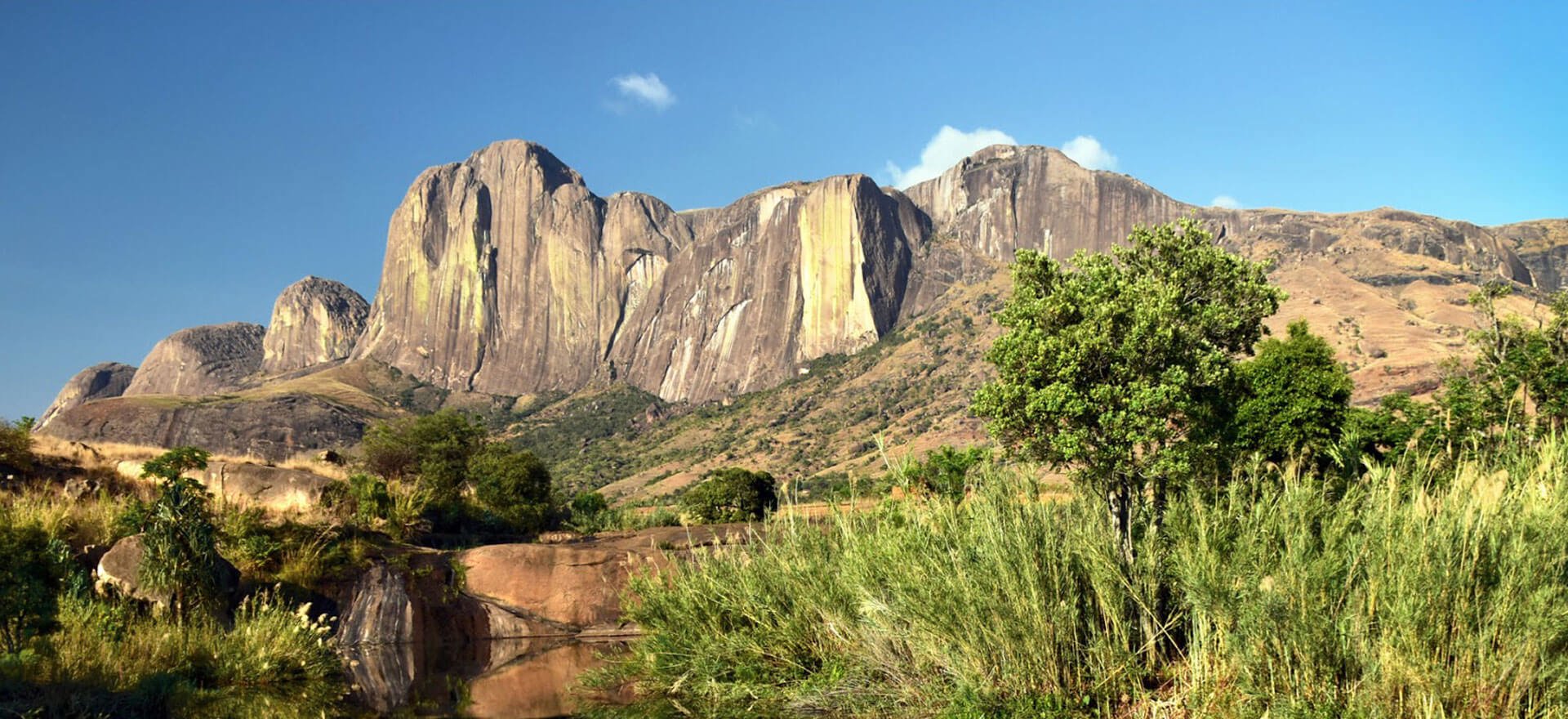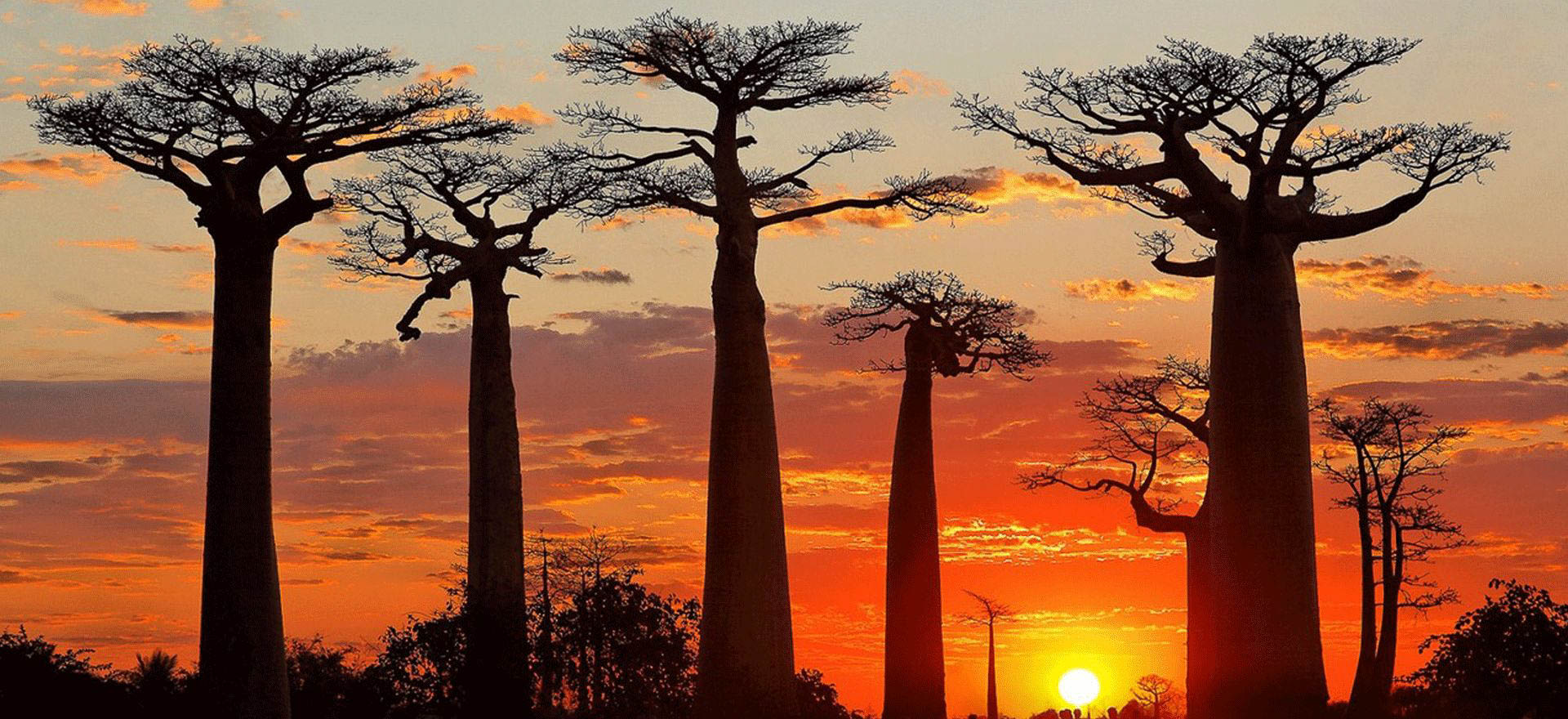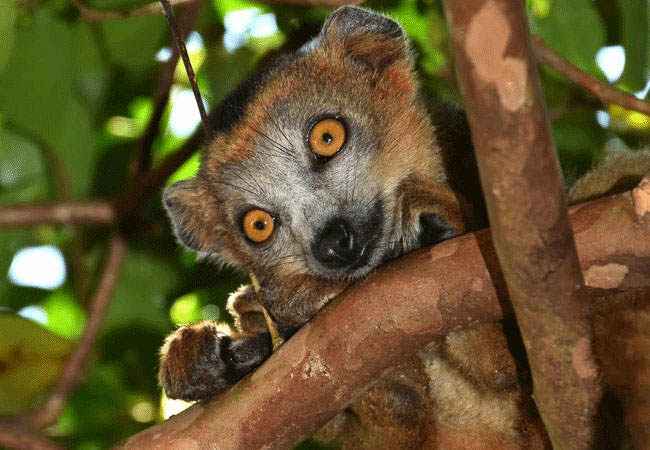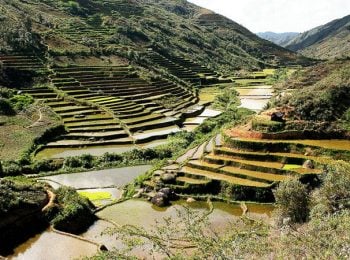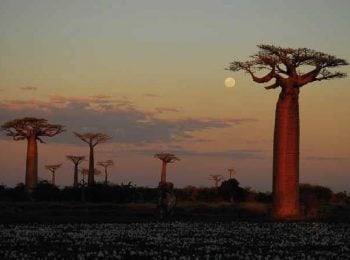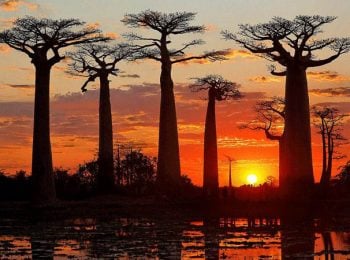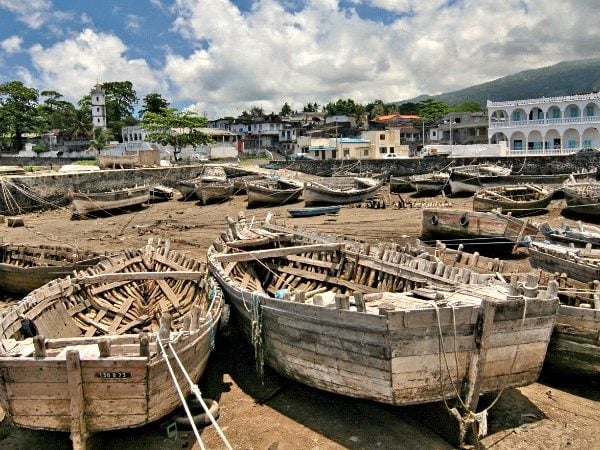Day 2 - Antsirabe
Day 3 - Miandrivazao
Continue west to the town of Miandrivazo, on the banks of the river Mahajilo, stopping at villages along the way and arriving late afternoon. Upon arrival we make preparations for our river journey. Overnight Hotel Princesse Tsiribihina or similar. (B)
Day 4 - Tsiribihina River
Transfer to Masekampy and from here we board our boat to begin our descent of the Tsiribihina River. We pass through pretty landscapes of mango trees, tobacco plantations and Sakalava villages, then enter a large gorge where we should be able to spot lemurs on the rocks around us. In the late afternoon we set up camp on a huge sandbank that borders the forest. Overnight camping. (BLD)
Day 5 - Tsiribihina River
Continue our river journey west, stopping at a beautiful waterfall and passing high cliffs and small villages, with opportunities to spot birds and other wildlife along the way. Overnight camping. (BLD)
Day 6 - Belo sur Tsiribihina - Bekopaka
We make our way towards Belo encountering our first baobabs along the way. At Belo we leave our boat behind and travel by 4wd to Bekopaka. Our route today takes us across the Manambolo Rivers, which we cross by local ferry. Overnight Hotel Olympe du Bemaraha or similar. (BL)
Day 7 - Tsingy de Bemaraha National Park
Explore the unique landscapes of Tsingy de Bemaraha National Park, with its unusual limestone pinnacles. We take boats on the Manambolo River through its stunning gorges to discover caves filled with stalactites and stalagmites, as well as the tombs of the Vazimba people. We then walk through the Tsingy to get right into the heart of this incredible landscape. Overnight Hotel Olympe du Bemaraha or similar. (B)
Day 8 - Kirindy
Day 9 - Morondava
Day 10 - Antsirabe
Day 11 - Ambositra - Fianarantsoa
Day 12 - Betsileo Villages – Tsaranoro Valley
Spend the morning hiking through the lands of the Betsileo people, in a beautiful setting near Fianarantsoa. We have plenty of opportunities to meet local farmers, and enjoy a typical Malagasy lunch at a local home. This afternoon we head to the Tsaranoro Valley where we spend the next two nights. Overnight Camp Catta or similar. (BLD)
Day 13 - Tsaranoro
We spend our time exploring this beautiful valley on foot. Dominated by high granite peaks the valley is home to a number of different villages and we are able to meet local people and learn about the complex traditions that hold sway in this part of the country. We also visit waterfalls, a sacred forest, and look out for the lemurs that live here. This is a delightful part of Madagascar, well off the beaten track, and one of the highlights of the tour. Overnight Camp Catta or similar. (BD)
Days 14-15 - Isalo National Park
Day 16 - Tulear
Day 19 - Manambato - Akanin’ny Nofy
Drive to Manambato and then board a boat and cruise on the Pangalanes canal to Akanin’ny Nofy. Running parallel to the Indian Ocean, our journey takes us through a series of lakes and lagoons to Lake Ampitabe, where we stay for the next two nights. Overnight Palmarium Hotel or similar. (BD)
Day 21 - Manambato – Antananarivo
Return by boat to Manambato, then drive back to Antananarivo for your final night in Madagascar. On the way we stop at a private reptile zoo to see species endemic to the region. Overnight Hotel Bois Vert or similar. (B)
Day 22 - Antananarivo
Transfer to the airport for your flight home. (B)
Please note that this tour can be combined with our trip to the Comoros Islands – see full details of our Comoros trip here.
What's included?
What's not included?
Visas
Most travellers will require a visa to enter Madagascar. These can be obtained upon arrival at the airport for a payment of €10 (stays under 15 days) or €20 (16-30 days). Your passport will need to be valid for six months after your exit date from Madagascar, and you will need to show a return plane ticket / booking to obtain the visa. Visa regulations can change and so we recommend that you contact your nearest embassy, or us, for the most up to date information.
Health and vaccinations
We are not medically qualified and so we recommend that you speak to your doctor or nearest health professional for advice concerning recommended vaccinations. For more advice on vaccinations you can also visit www.fitfortravel.nhs.uk.
If you have any physical limitations that might impact your ability to participate in the planned tour activities, it’s essential that you make us aware as soon as possible so that we can discuss this with you.
Insurance
It is a condition of joining our tours that you have suitable travel insurance in place, and we cannot accept travellers without insurance. All policies differ in terms of what they will cover, but as a minimum you need medical and health cover, which will cover you for the whole time that you are away. Most policies will also include cancellation cover, which will cover you if an unforeseen circumstance obliges you to cancel your trip. We recommend that you obtain your insurance as soon as you book your trip.
Please note that government travel warnings often affect the validity of your travel insurance, and you should check this with your insurance company.
Money
The local currency in Madagascar is the ariary, which is not readily obtainable outside of the country. It is best to bring Euros for exchange purposes.
It’s not difficult to change money in Madagascar either at banks or the hotels and your guide can assist with this. There are also an increasing number of ATMs in larger towns. However these are not always reliable and so it is best to think of them as a back up rather than a main means of obtaining money.
Credit cards are accepted in larger hotels and better restaurants (usually in Antananarivo only) but are not commonly accepted elsewhere.
Local conditions
When travelling to some of the destinations we offer you need to bear in mind that things won’t always work here as we’re used to them working at home. Travelling in underdeveloped and untouristed destinations requires both patience and a sense of humour. There may be problems with infrastructure, attitudes may be different, and maintenance may not be as high a standard as we would always like, but this is very much part and parcel of travelling in such a place. We aim to resolve any issues as quickly as possible, and thank you for your patience.
Madagascar is now becoming a relatively popular destination and it is easy to assume that with this comes a greater understanding among local service providers – hotels, restaurants etc – as to what tourists will require. This isn’t always the case, and deeply ingrained cultural norms often mean that things here just won’t be done the same way as they would be at home. This can mean meals arriving late, simple information not being given (because it just isn’t seen as important) or a host of other things. Your tour leader will of course do their best to ensure that things run as smoothly as possible, but do bear in mind that the polished experience of more established African destinations such as Kenya won’t always be found here.
You should also be aware that in the more remote destinations, some hotels will not have mains electricity and will rely on generators for electricity. Typically these operate at fixed times in the mornings and evenings and so in the middle of the day you may not have access to power.
In addition to this, Air Madagascar sometimes changes the schedule of its flights, often at short notice. Should this happen we will do our best to manage your itinerary as efficiently as possible, with minimal disruption, but please bear in mind that this is very much beyond our control and it is usually not possible to change hotel bookings close to departure, so this may result in minor changes to your trip.
Travel advice
We keep a very close eye on the travel advice issued by the UK Foreign and Commonwealth Office so that we can keep you up to date with any warnings. At the time of writing the FCO does not advise against travel to any of the parts of Madagascar that we visit.
This relates to advice from the British government – other nationalities need to check the stance of their own governments.
Please note that the information contained above is highly susceptible to change, and while we endeavour to keep up to date we recommend that you use this as a guide only. Should you have any questions, please don’t hesitate to contact us.

